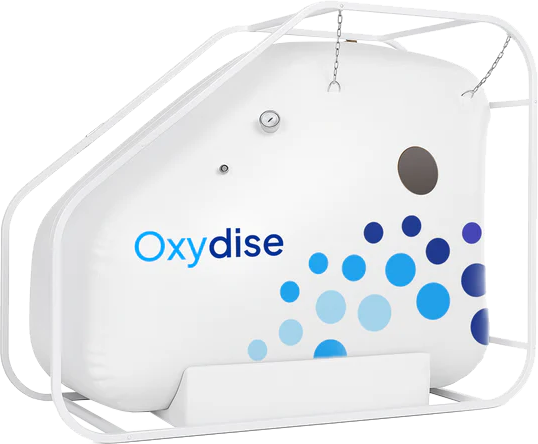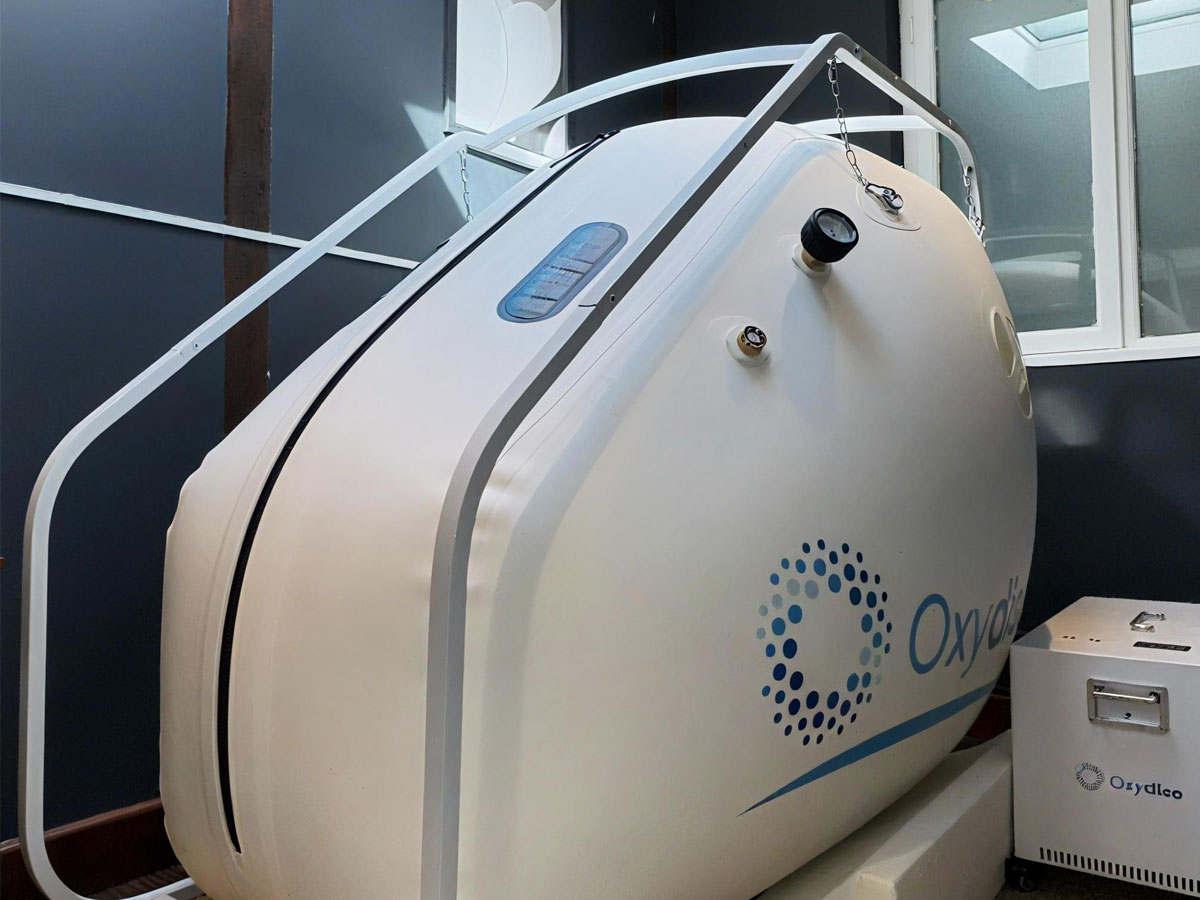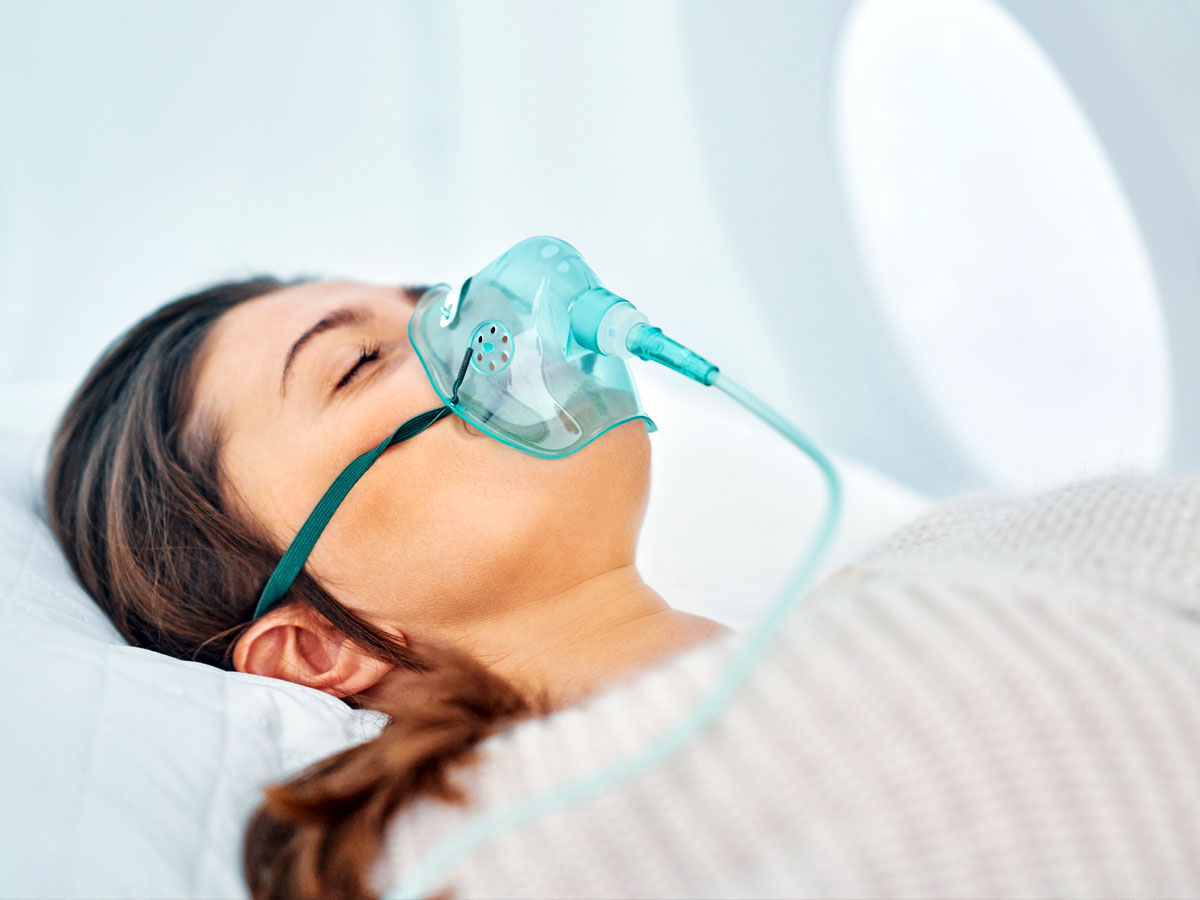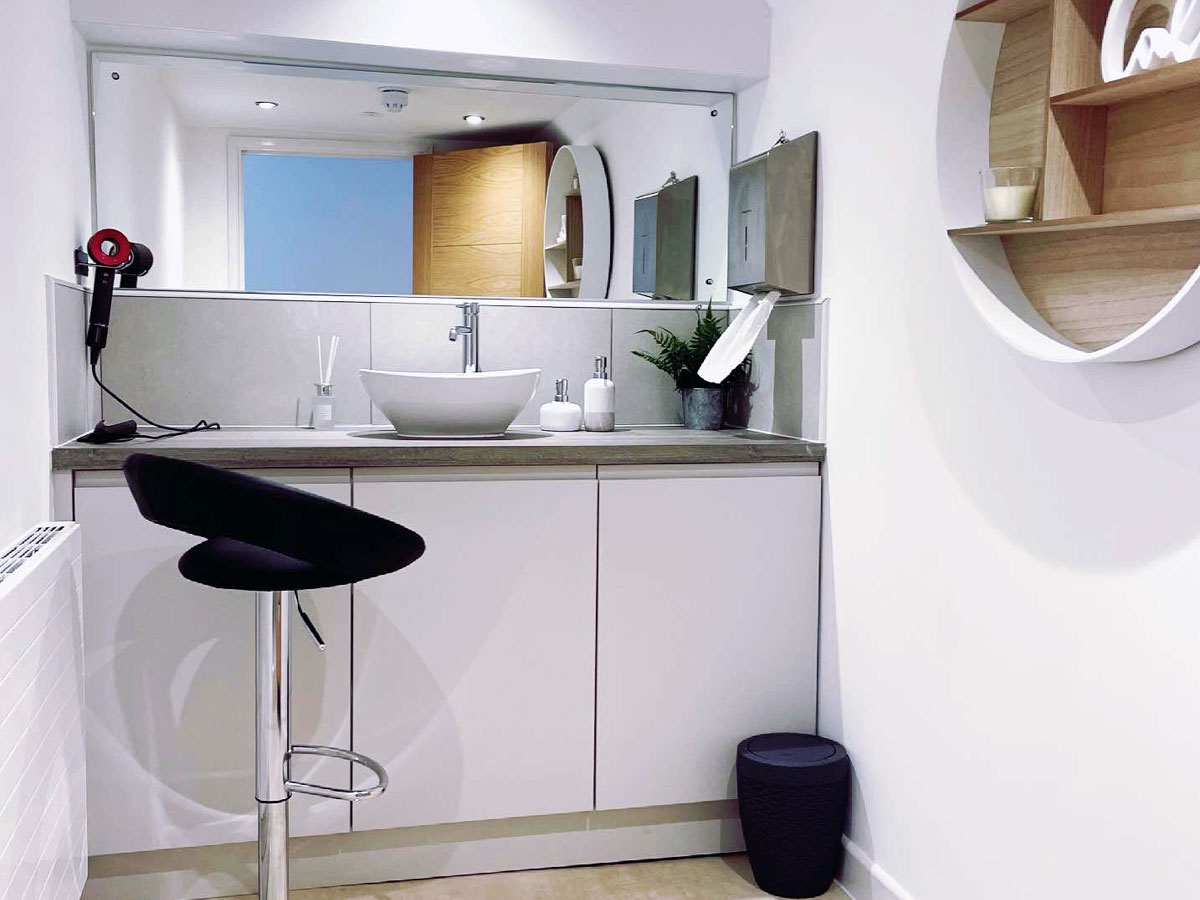A few things clients
normally ask us
What is Oxygen Therapy
Oxygen therapy is a calming, revitalising treatment where you breathe in concentrated oxygen through a mask or nasal cannula. With regular use, it can help boost energy, sharpen mental clarity, support immune function, and accelerate recovery from stress, fatigue, or physical exertion. Many clients find that ongoing sessions lead to deeper sleep, improved focus, and an overall uplift in mood and wellbeing. It’s a powerful addition to your wellness routine—whether on its own or combined with floatation, massage, or sauna therapy.
How does Oxygen Therapy work
Your oxygen therapy session takes place in a comfortable, inflatable seated chamber designed to gently increase pressure to 1.5 ATA—about 50% more than normal atmospheric pressure. This mild hyperbaric environment helps your body absorb more oxygen, delivering it deeper into your tissues for enhanced recovery and wellness benefits.
Each session lasts 1 hour, allowing you to fully relax while breathing in oxygen-rich air. You’ll be seated upright inside the chamber with space to move and unwind—some clients read, meditate, or simply rest during their time inside. The experience is quiet, non-invasive, and completely safe.
After just one session, many people report feeling more clear-headed, energized, and relaxed. With regular use, the benefits often become even more noticeable
Whose it for
- Anyone feeling fatigued or low in energy
- People with high stress levels or burnout
- Those seeking faster recovery after workouts or physical strain
- Individuals experiencing brain fog or needing better focus
- People recovering from illness or looking to support immune health
- Wellness enthusiasts combining it with floatation, massage, or IV therapy
- Professionals needing better sleep and mental clarity
- Athletes or active individuals looking to optimise recovery and performance
Whose should not use Oxygen Therapy
Or should consult a medical professional first
- People with untreated pneumothorax (collapsed lung)
- Anyone currently experiencing a cold, sinus congestion, or ear infection (due to pressure changes)
- Pregnant individuals – unless cleared by their healthcare provider
- People with certain respiratory conditions like COPD or asthma – medical advice recommended
- Those with implanted devices not rated for mild pressure (e.g. certain pacemakers or insulin pumps)
- Children under 16 – unless specifically approved and accompanied








